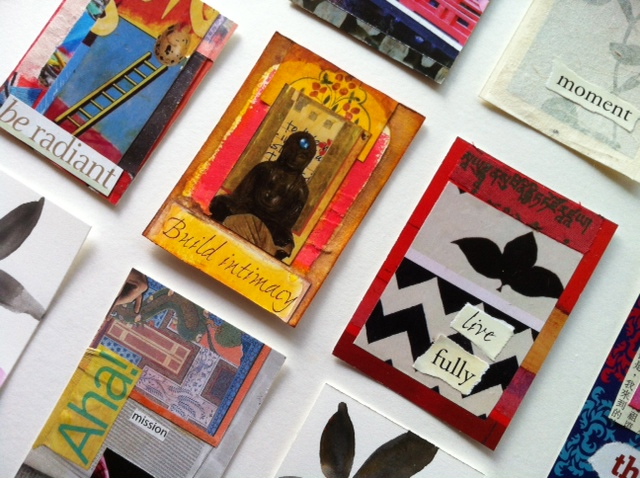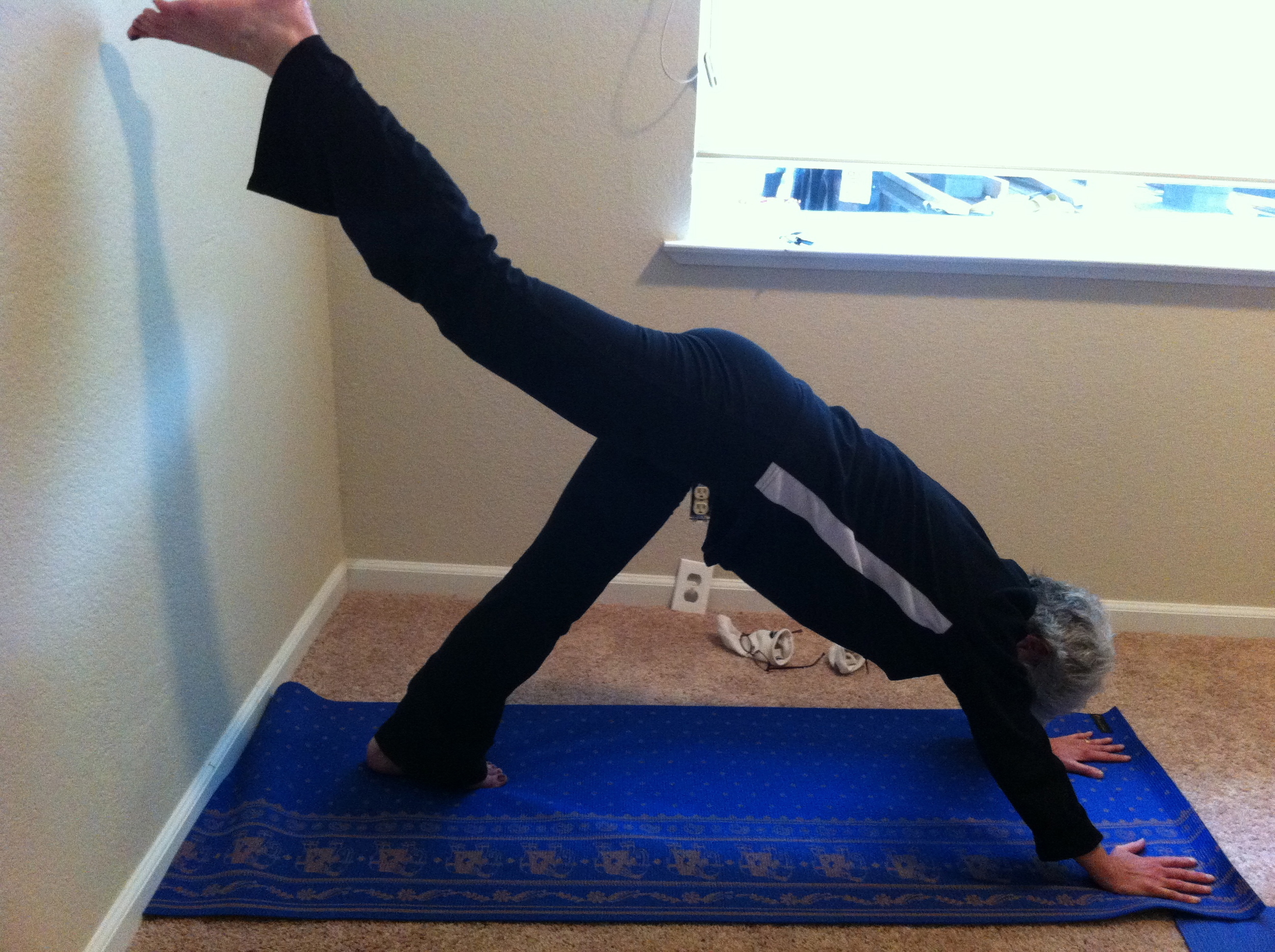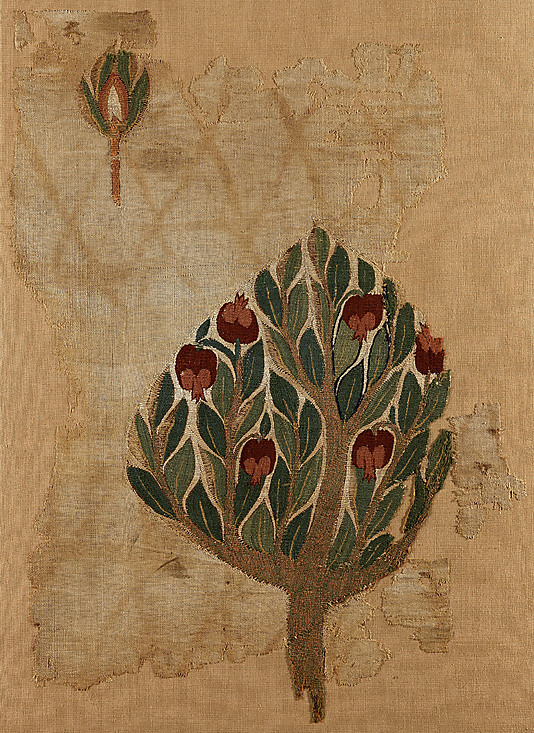 At some point in their studies, art therapy students discover the "media continuum." On this continuum, media are placed along along an invisible line moving from point A to point B line according their degree of safety and control.
At some point in their studies, art therapy students discover the "media continuum." On this continuum, media are placed along along an invisible line moving from point A to point B line according their degree of safety and control.
A lead pencil at one end of the continuum offers a feeling of familiarity and control--and on the the opposite end spectrum, oil paint offers an unwieldy challenge. If you don't watch out, you might find your client who has difficulty with impulse control spraying the paint all over your office walls.
The key is to match the both the media and the intervention to the needs of the client. To non-art therapists, this might sound theoretical and over cautious.
It's not. In my very first art therapy bereavement group many years ago, an angry adolescent punched a hole in the wall of the hospital in which I was working; his reaction to my misdiagnosis of media and intervention. I hadn't read the signals and had asked the group to attempt something that put this young man face to face with his grief far too early in his grieving process.
If I hadn't been convinced about the medium continuum before, if my teachers' stories seemed only to be tall tales, I became a convert and I've employed it ever since.
I use the same principle in my own art. When I'm feeling stretched thin, I stick with materials over which I have more control. When I'm feeling expansive, my work and my materials grow too.
Right now, I'm in the process of sanding the panel edges of my "Mending Wall" series. I love this series, but I don't like finish work. It feels like all the fun and discovery is over and I'm doing the visual equivalent of balancing a checkbook.
Recently, I decided to intersperse the task of sanding with our 6 Degrees of Creativity "Pocket Change" project. My deal for myself is: finish one sanded panel--make one artist trading card.
I've arranged the artist trading cards, in various stages of completion, at a discreet distance from where I sand. I can see them while I work, their bright colors shining, offering the possibility of almost instant gratification.
I'm beginning to love sanding. By creating a new rhythm: hard medium/easy medium/hard medium, I'm finding patience and sanding is leading to new ideas for my next series. I love the smooth, variegated surface of the wood.
Meanwhile, artist trading cards gather at the end of the table, ready to be mailed off for Beth Rommel, collector and distributor for our Pocket Change project. Gretchen Miller, Beth and I have concocted this project to focus on the power of creating change through making something small (in the form of artist trading cards) and through engaging in simple acts of creative kindness.
You get the picture--help yourself, help others--it's not too late to join us! The deadline is tomorrow, Tuesday, January 15. For more information on the exchange, click here.
I also invite to share stories about your own media continuum experiences--whether you called it that--or maybe just "those darn pastels!"












